Understanding The Resonance Concept With The New Armin Strom Mirrored Force Resonance
One of the most fascinating physical phenomena transferred to watchmaking.
Countless technical solutions have been used over the years by watchmakers to improve the precision of a mechanical watch. Mechanical watches, in essence, will never be as precise as digital, quartz or electronic watches; there are forces at large that work against precision. For that reason, the search for utmost precision has been a field of interest for watchmakers since the early days of clock and watchmaking. The name given to this field is chronometry. Solutions include, for instance, constant force devices or the tourbillon – keeping in mind that the effect of a tourbillon in a wristwatch remains questionable. Another solution to increase the precision of a watch relies on one of the most fascinating physical phenomena: resonance. Many have tried to apply it to watchmaking; most failed. Yet, one watchmaking company has made it possible by mastering resonance and making it a faithful ally in the precision of its wristwatches. Today, in our latest in-depth technical video, we’ll be exploring the Armin Strom Mirrored Force Resonance First Edition and how resonance works.
Some of the greatest names of watchmaking have tried to apply the concept of resonance to a watch, Antide Janvier and Abraham Louis Breguet, to name a few. But what is resonance? It’s a physical phenomenon of synchronised motion. In the second half of the 17th century, Christiaan Huygens, a Dutch physicist, invented the pendulum clock – a crucial innovation that revolutionised the entire watch industry. He also discovered that when he connected two of these pendulums to one wooden beam, they started to run synchronously. After a few moments to reach synch, these two pendulums worked as one, in a synchronous manner. For instance, when a shock slows down one of the pendulums, the speed of the other will be increased so both will strive to get back into resonance. The upside is here that it minimises and averages the effect of the outside influence on the pendulums.
Resonance has been a field of research for many watchmakers in the past, but also in recent years. F.P. Journe came up with his own solution, with two fully independent movements in a single watch, positioning the two balances next to one another to benefit from the theoretical effect of resonance (Haldimann and Halter have also pursued the concept of resonance). Yet, if the idea was great on paper, something was missing in this equation to make full use of the resonance effect. This is where Armin Strom enters the race.
The independent watchmaker of Biel took the watch industry by surprise in 2016 by revealing its innovative take on the resonance concept, conceptualised in the Armin Strom Mirrored Force Resonance with its unprecedented resonance clutch spring. Acting like Huygens’ wooden beam, Armin Strom added a third spring – the so-called resonance clutch spring, in addition to the two existing balance springs – which couples the oscillators, linking them together and ensuring that the collective motion of these three springs sets the rate of the watch.
To materialise this concept and for you to understand how resonance works, we’ll be talking to Serge Michel and Claude Greisler, founders of the manufacture, and have a closer look at the brand’s latest watch relying on this phenomenon, the new, entirely revised and mighty impressive Armin Strom Mirrored Force Resonance First Edition.
For more details, we invite you to watch the video at the top of this article and visit the official Armin Strom website.

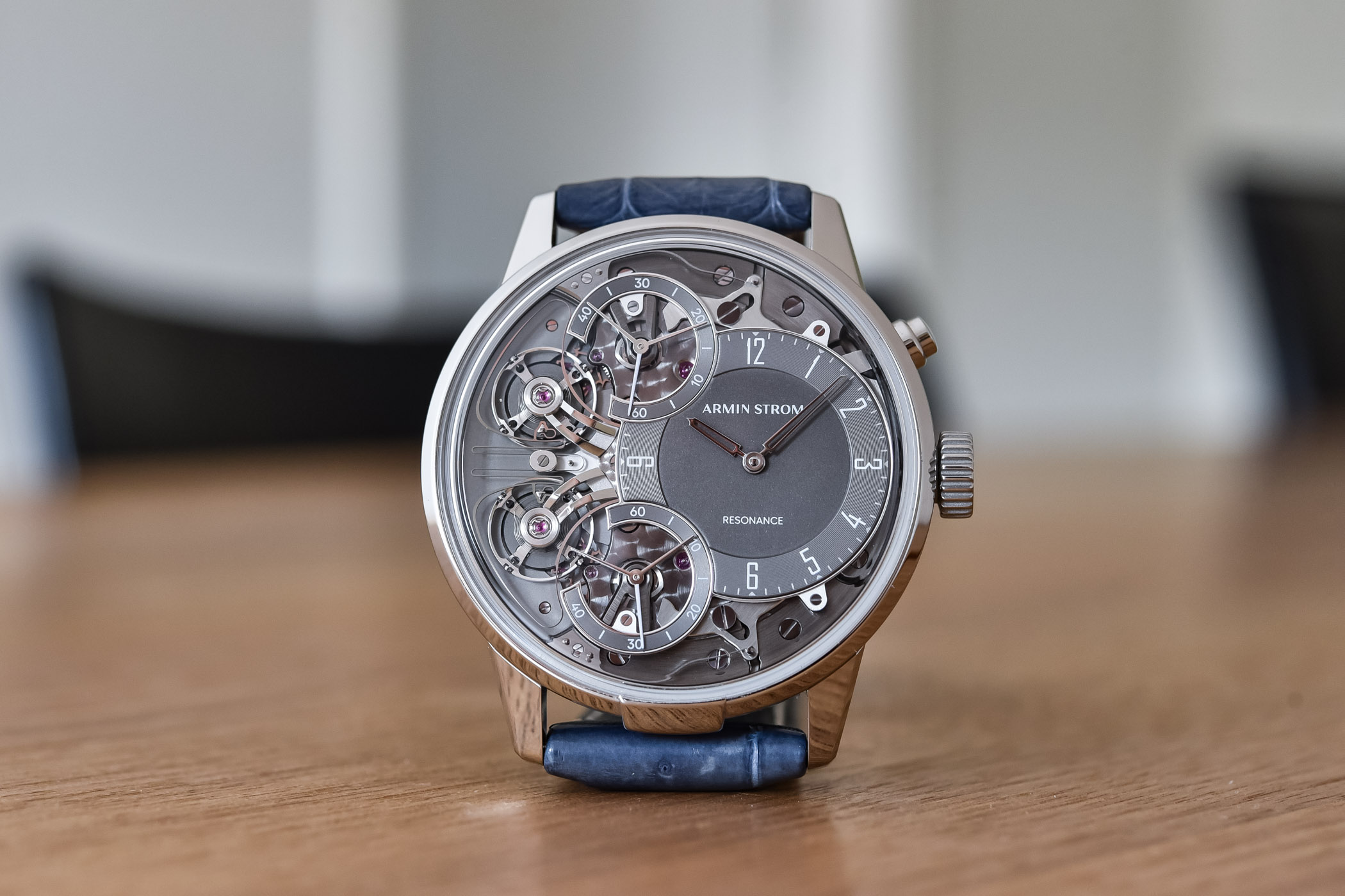
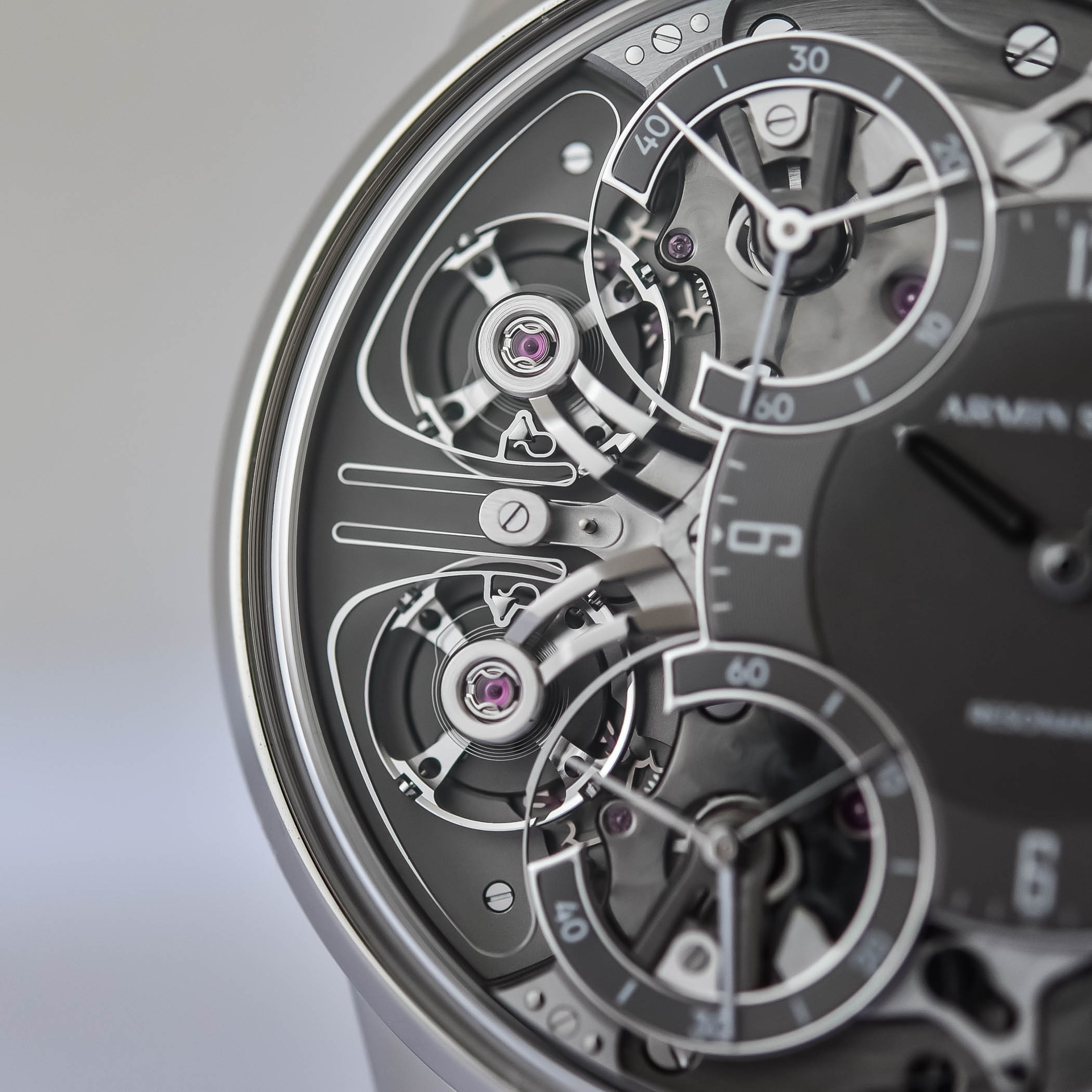

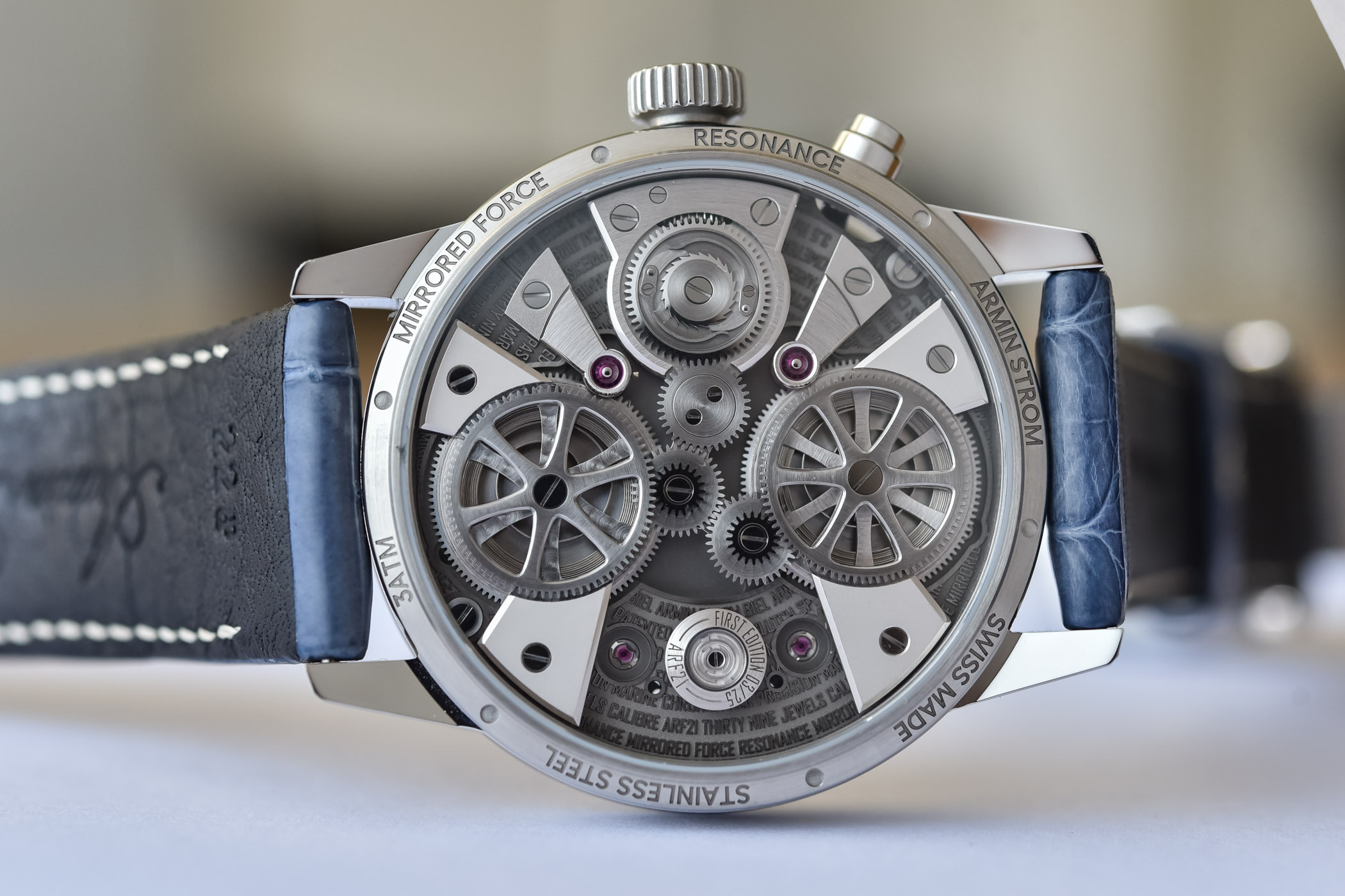
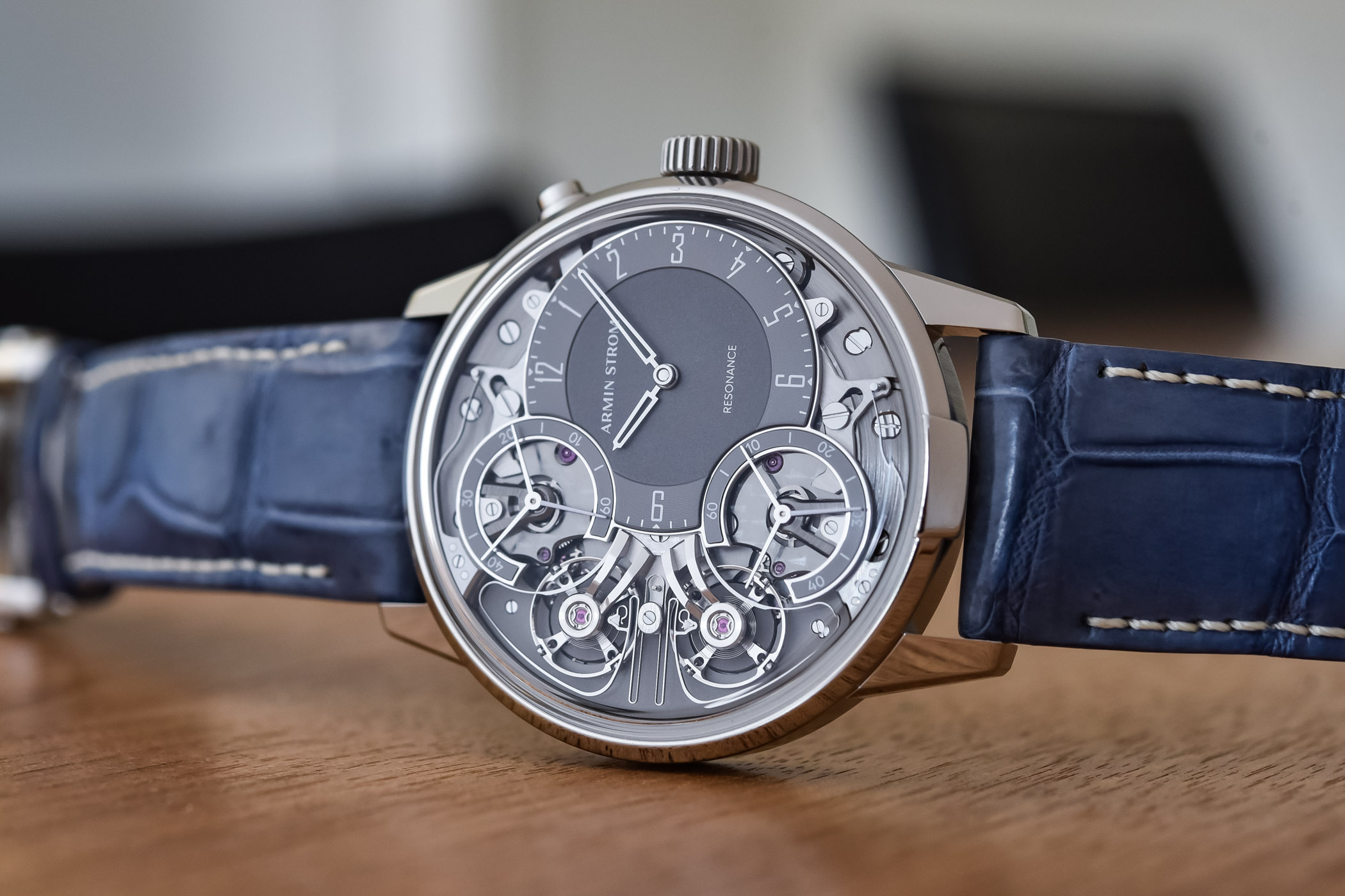
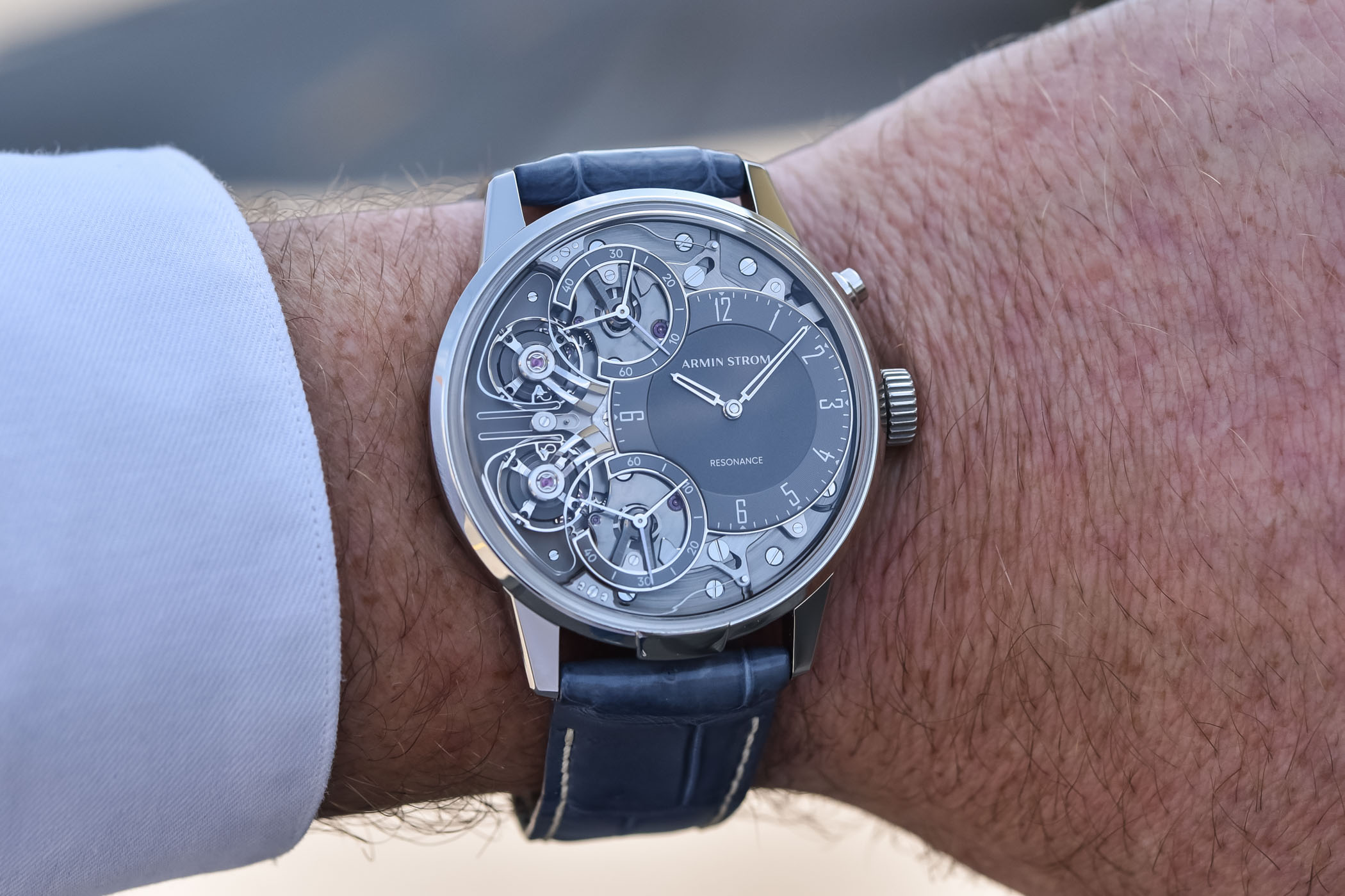
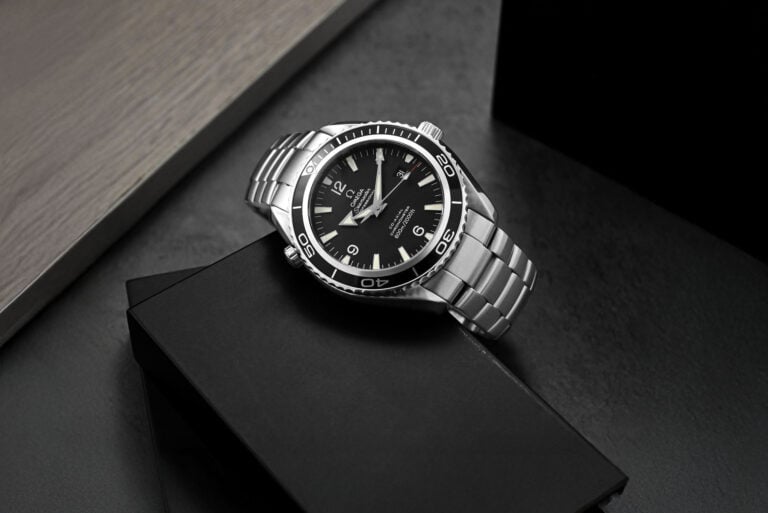
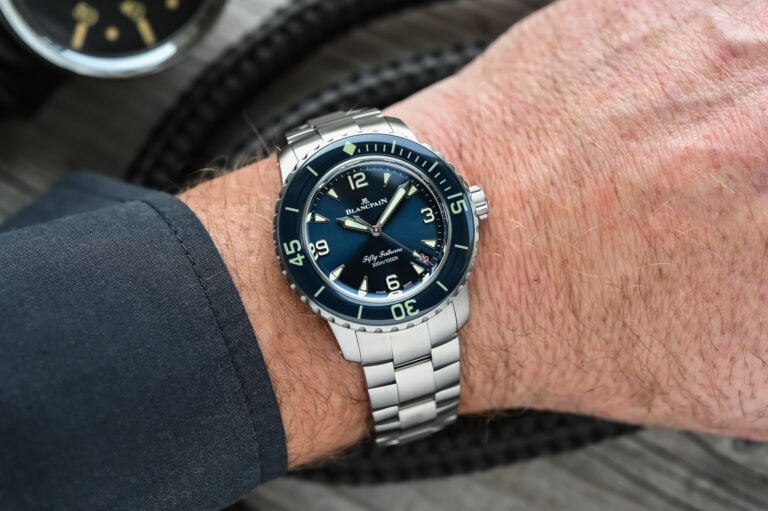
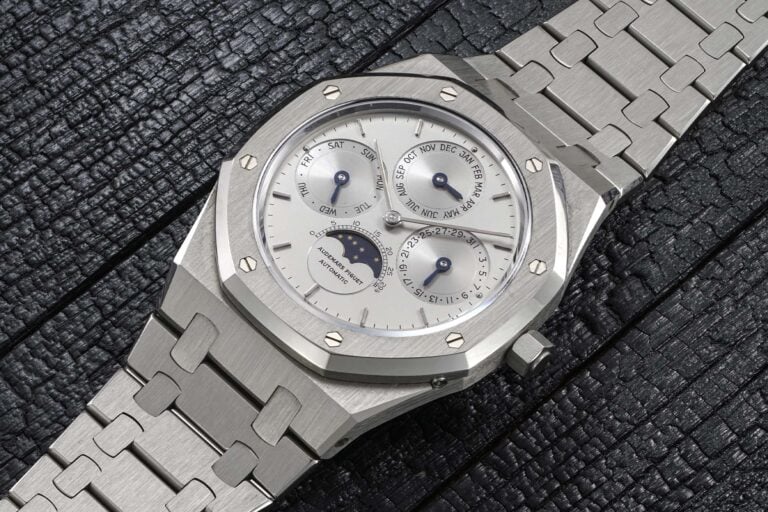
4 responses
I love that Armin Strom puts so much effort into every aspect of the watch and for what they produce relative to other bands they are very well priced.
That is a really impressive watch, and deeply intriguing. I’m wondering how the drive to the hour and minute hands is arranged – is it taken from just one of the trains, or is it taken from both by means of a differential gear, for example? It seems to me that purchasers will be getting a lot of watchmaking for their money – and a genuinely interesting and innovative piece of horology too.
I have no doubt it looks even more amazing in the metal.
Bravo for the outstanding technical resonance watch! :):)